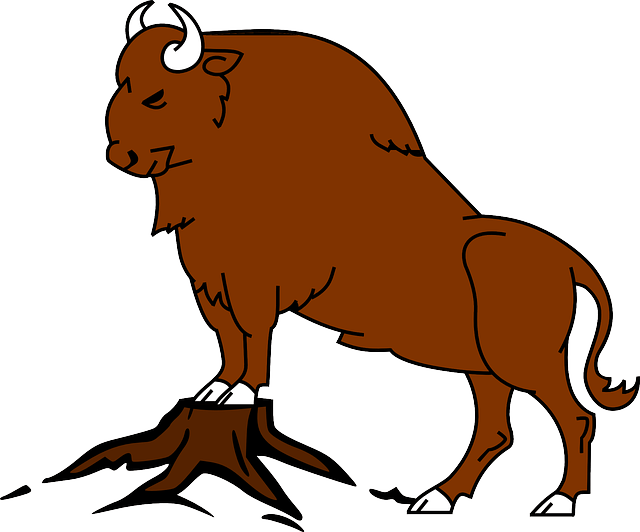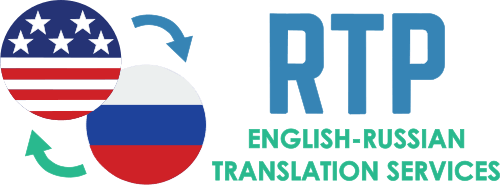1. A PERSON WHO KNOWS THE LARGEST NUMBER OF LANGUAGES
“Now, I can read about three dozen languages and speak most of them fluently, and I’ve studied many more“.
2. Four Most Complex Languages
3. Top Three Translated Authors
Number of Translations
Number of Translations
Number of Translations
4. THE Most Translated Document

5. THE Longest Single-Word Sentence

The sentence uses a restrictive clause, so there are no commas, nor is there the word “which,” as in, “Buffalo buffalo, which Buffalo buffalo buffalo, buffalo Buffalo buffalo.” This clause is also a reduced relative clause, so the word that, which could appear between the second and third words of the sentence, is omitted. An expanded form of the sentence which preserves the original word order is: “Buffalo bison, that other Buffalo bison bully, also bully Buffalo bison.”
6. The Top 10 Languages Used Online
- English (948,608,782 Internet Users) 26.3%
- Chinese (751,985,224 Internet Users) 20.8%
- Spanish (277,125,947 Internet Users) 7.7%
- Arabic (168,426,690 Internet Users) 4.7%
- Portuguese (154,525,606 Internet Users) 4.3%
- Japanese (115,111,595 Internet Users) 3.2%
- Malay (109,400,982 Internet Users) 3.0%
- Russian (103,147,691 Internet Users) 2.9%
- French (102,171,481 Internet Users) 2.8%
- German (83,825,134 Internet Users) 2.3%
- English 51.6%
- Russian 6.6%
- Japanese 5.6%
- German 5.6%
- Spanish 5.1%
- French 4.1%
- Portuguese 2.6%
- Italian 2.3%
- Chinese 2.0%
- Polish 1.7%
7. The Top 10 Most Popular Language Pairs
| English > Spanish |
| English > Chinese |
| English > French |
| English > German |
| English > Russian |
| English > Portuguese |
| English > Japanese |
| English > Arabic |
| English > Italian |
| Spanish > Portuguese |
8. The Most Expensive Language Combination
9. Size of the Translation Market Amounted to USD 49.6 Billion in 2019
If you are an investor looking for the best value for money, translation industry might be one of the investment options. According to Statista, the size of overall language industry is estimated at USD 49.6 billion in 2019 with the potential to reach USD 56 billion by 2021.

